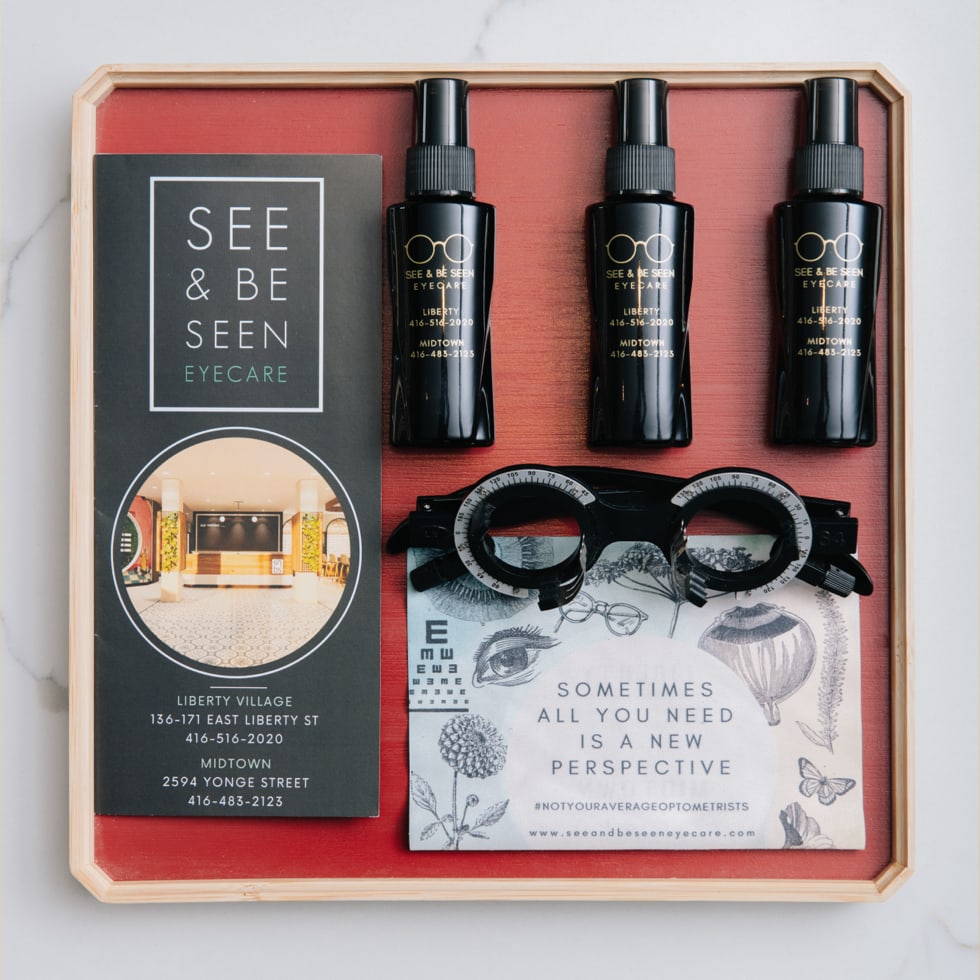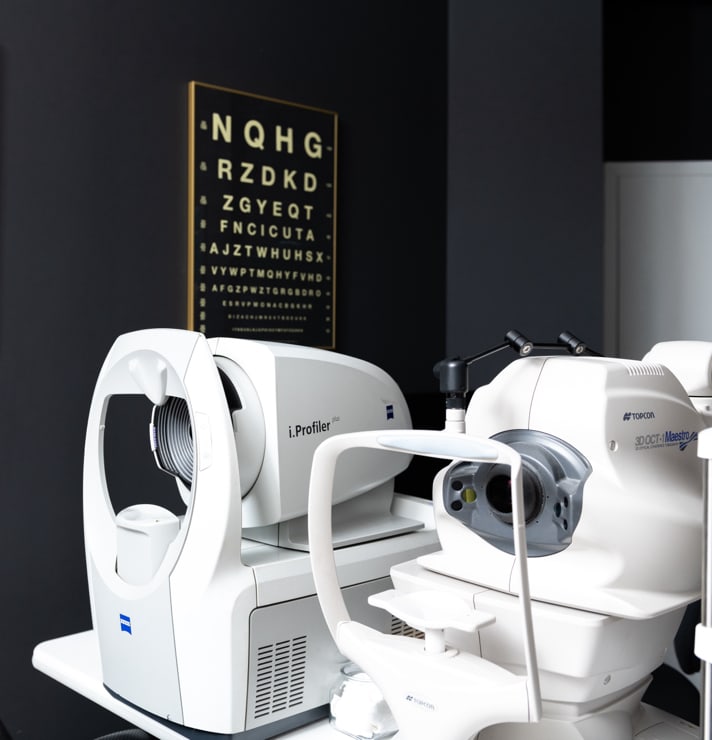When contact lenses were first invented back during the 1880s, they were made of glass and used to treat slight symptoms of astigmatism. However, they were incredibly uncomfortable and only could be worn for a couple of minutes at best.
Despite their issues, contact lenses took off, and decades of research and innovation were poured into the idea to serve patients better looking for an alternative to traditional eyewear that could be worn all day with no problems.
Compared to first contact lens designs, current contacts are quite high tech. Contacts have developed so much that they are now no longer used only to imitate the same benefit glasses provide (clear vision), but they can also accommodate a wide variety of different eye types to benefit both your vision and your eye health.
Speaking of variety, there are 3 types of contact lenses we are going to dive into today: scleral, toric, and hybrid contact lenses. Each design treats specific eye problems while also taking into account the health of your eyes to provide the most comfortable contact lens experience possible. Let’s get into it!
Hybrid Contact Lenses
Hybrid contact lenses are named quite literally after their unique design: they combine a regular rigid gas-permeable lens with a skirt made of soft materials. This makes the lens more comfortable to wear for patients who have a hard time finding comfort whenever they are wearing contact lenses.
Like most other contact lenses, they provide the same great benefit of mitigating any refractive errors you might have with your vision. However, there are types of contact lenses available that help patients with a variety of different ocular surface issues, including keratoconus (cornea bulging), corneal scarring, corneal trauma, and extremely dry eyes.

Toric Contact Lenses
When a contact lens sits on your eye, it rotates quite often. Now, if you have the same prescription around your entire eye, this may not be of any concern to you. However, if you’re someone who has been struggling to manage their corneal astigmatism, then regular soft contact lenses, like the ones used to treat myopia and hyperopia, might not be a perfect fit for you.
Don’t fear, though! There is an answer for people who have corneal astigmatism, and it comes in the form of toric contact lenses. Toric contact lenses combine two prescriptions on different meridians of the contact to help mitigate a refractive error. On top of that, they are designed with a shape and weight to help eliminate the chances of your contact lenses rotating.
Scleral Contact Lenses
For the contact lens patient who might have a more extreme corneal shape irregularity, or if their cornea is just too sensitive after an injury or surgery, then one of the best contact lenses to look into are scleral lenses.
Scleral lenses are unique in the fact that they are much larger in diameter than other contact lenses, with the edges of the lens resting on the sclera of your eye rather than the cornea. This allows the contact lens to “vault” over the cornea, leaving it practically untouched.
Scleral lenses also come in smaller sizes, known as mini-scleral, semi-scleral, and corneoscleral lenses. Optometrists use these lenses for patients who might find they experience discomfort with regular GP lenses and need a larger size to provide the comfort they are looking for.
Mini-scleral lenses rest just outside the limbus of your eye, semi-scleral rest just inside the limbus, and corneoscleral sit slightly both on the cornea and on the sclera.
Interested in Contact Lenses?
We are just barely scratching the surface with the library of available contact lenses. No matter the problem with your eye, our optometrists can help you find the perfect pair of contact lenses to bring clarity to your vision.
Request your appointment with us today!













